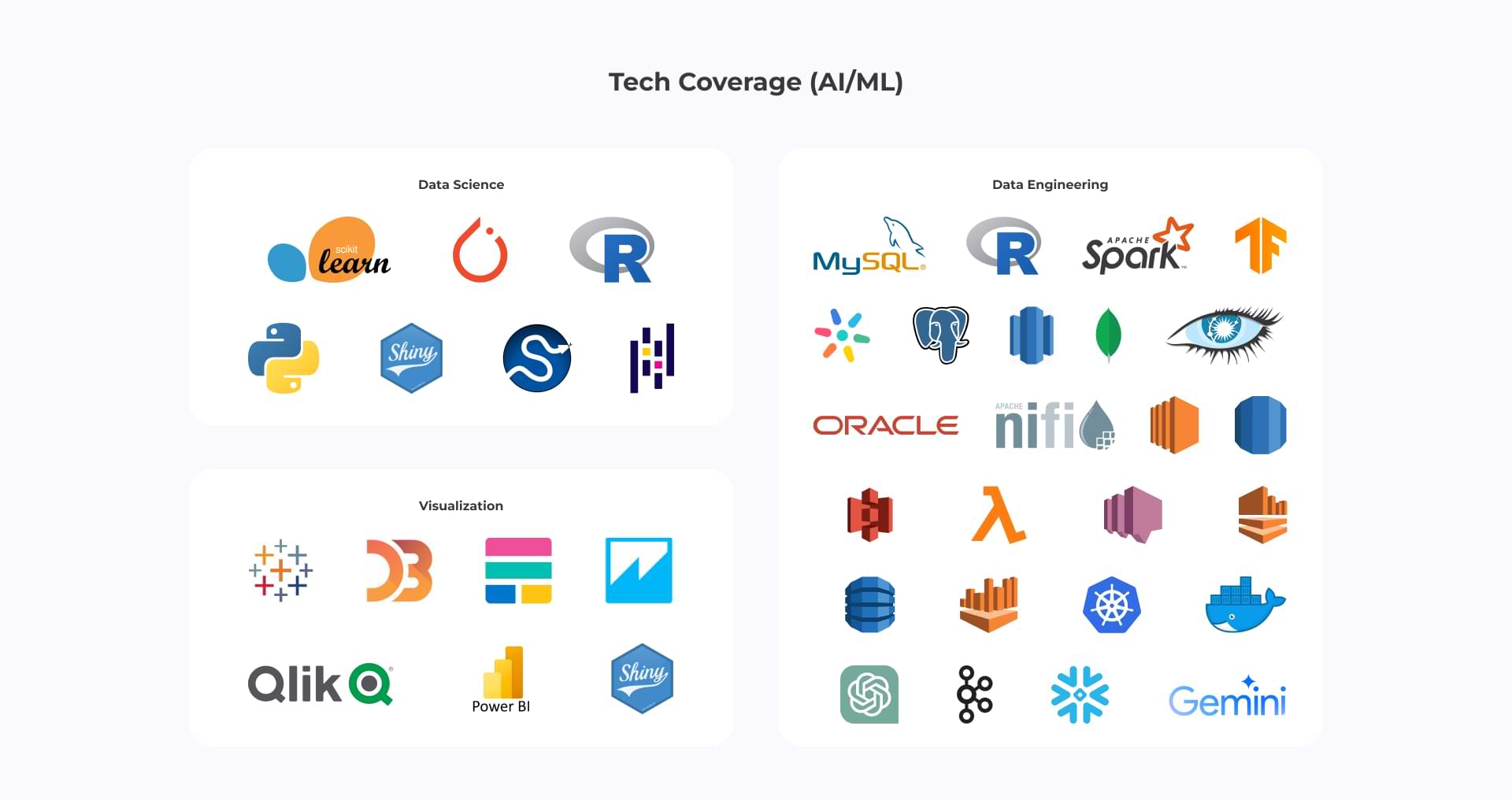Empowering Intelligent Decisions at the Source with Microsoft Edge Bing’s Edge Intelligence
The world of counterfeit insights (AI) is quickly advancing, and one of the most energizing wildernesses is Edge AI. This transformative technology is redefining how we process and utilize data by bringing AI capabilities directly to the edge devices where data is generated. In this exploration, we’ll delve into the realm of Edge AI, its synergy with edge computing, and the groundbreaking contributions of Microsoft Edge Bing’s edge intelligence.
Let’s connect
Book a meeting
Edge AI: Redefining Intelligence at the Source
Edge AI, or AI edge computing, is a paradigm shift that moves AI processing away from centralized cloud servers and onto edge devices like smartphones, sensors, and IoT devices. This decentralization offers numerous advantages, including reduced latency, enhanced privacy, improved reliability, and optimized bandwidth utilization.
By processing data locally, Edge AI enables real-time decision-making and responsiveness. This is significant in scenarios where split-second activities are required, such as independent vehicles, mechanical robotization, and healthcare monitoring.
Edge Computing: The Backbone of Edge AI
Edge computing is the foundation upon which Edge AI is built. It refers to the practice of processing data closer to its source, rather than sending it to a distant cloud or data center. This distributed computing model enables faster data processing, reduced network congestion, and enhanced security.
Edge computing and Edge AI are symbiotic technologies. Edge computing provides the infrastructure for deploying and running AI models on edge devices, while Edge AI leverages this infrastructure to unlock the full potential of intelligent applications at the source.
Microsoft Edge Bing: Pioneering Edge Intelligence
Microsoft Edge Bing is at the forefront of Edge AI innovation with its edge intelligence capabilities. By integrating AI models directly into the browser, Edge Bing empowers users with intelligent features that enhance their browsing experience.
One notable example is Bing’s visual search feature, which utilizes Edge AI to analyze images and provide relevant information. For instance, users can take a picture of a landmark and instantly receive details about its history, location, and nearby attractions.
Moreover, Edge Bing leverages edge intelligence to personalize search results, suggest relevant content, and even generate creative content like poems and code snippets. This seamless integration of AI into the browsing experience exemplifies the power and potential of Edge AI.
Applications of Edge AI
Edge AI is finding applications across a wide range of industries, transforming the way we live and work. Here are a few examples:
- Healthcare: Edge AI enables real-time analysis of medical data from wearable devices, facilitating early disease detection and personalized treatment plans.
- Manufacturing: In smart factories, Edge AI-powered sensors and robots can monitor production lines, predict maintenance needs, and optimize processes for maximum efficiency.
- Retail: Edge AI-powered cameras and sensors can analyze customer behavior, personalize recommendations, and optimize inventory management.
- Agriculture: Edge AI-powered drones and sensors can monitor crop health, predict yields, and optimize irrigation and fertilization schedules.
Challenges and Future Directions
While Edge AI holds immense ensure, it as well presents challenges that require to be tended to. These incorporate:
- Limited Computational Resources: Edge devices often have constrained processing power and memory, requiring the development of lightweight AI models.
- Data Privacy and Security: Processing sensitive data at the edge raises concerns about data privacy and security, necessitating robust security measures.
- Interoperability: Guaranteeing consistent integration and communication between diverse edge gadgets and cloud stages is pivotal for the far reaching appropriation of Edge AI.
Despite these challenges, the future of Edge AI is shinning. Advancements in AI algorithms, hardware optimization, and 5G connectivity are paving the way for more sophisticated and capable Edge AI applications. As this technology continues to evolve, we can expect to see even more innovative and disruptive use cases emerge, transforming industries and enhancing our daily lives.
Conclusion
Edge AI is a game-changing technology that is revolutionizing how we interact with and utilize data. By bringing AI capabilities to the edge, we are empowering devices to make intelligent decisions in real-time, unlocking new possibilities in fields like healthcare, manufacturing, retail, and agriculture.
With companies like Microsoft leading the charge with innovations like Edge Bing’s edge intelligence, the future of Edge AI is full of promise. As we continue to explore the vast potential of this technology, we are poised to witness a new era of intelligent applications that will transform the way we live and work.
Global success stories
Here are some related content that highlight our capability in delivering AI solutions that save costs as well as boost productivity.
Manufacturing 4.0:



